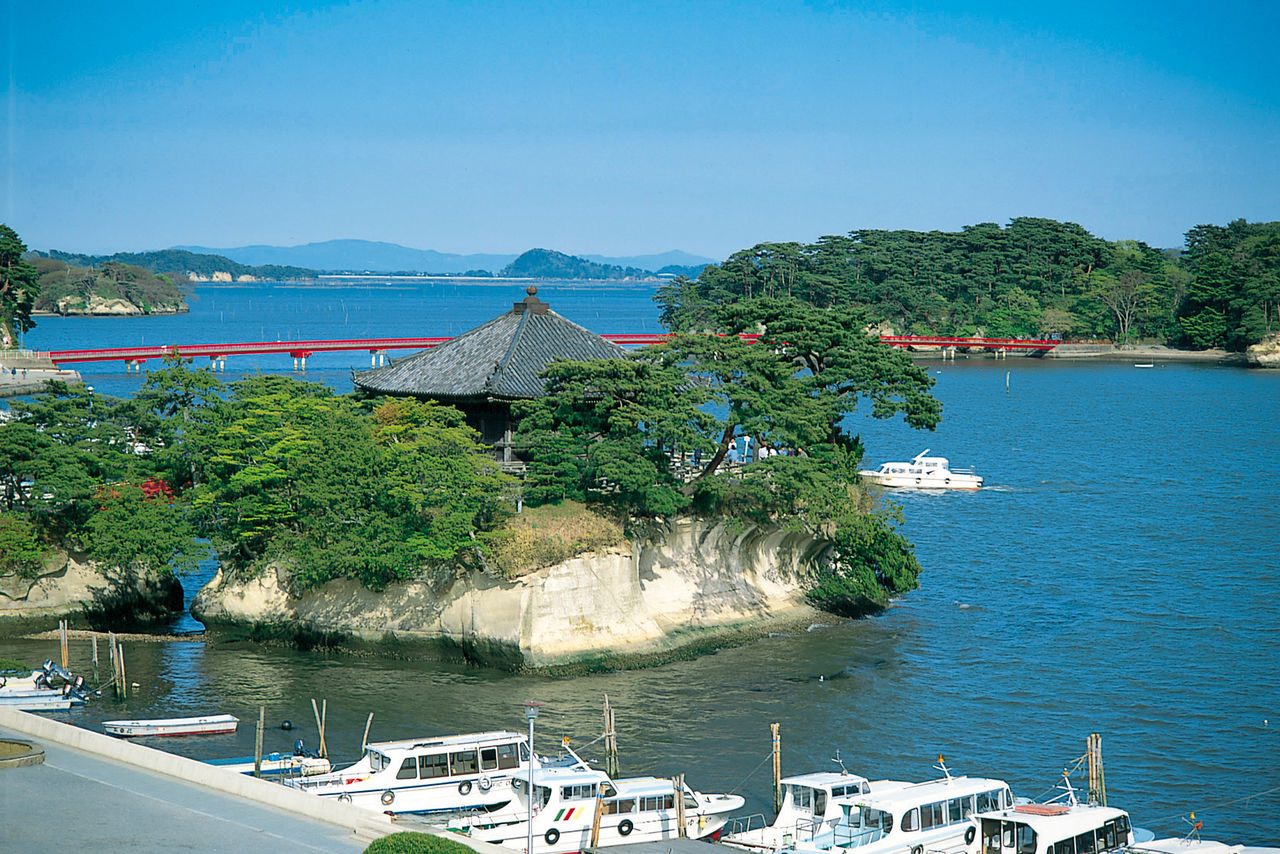
Most locals falsely believe and actively promote that gyūtan began when Sano opted to use cow tongues and tails leftover by occupation soldiers stationed in Sendai following Japan’s defeat in World war II. Tasuke (太助) was the name of the restaurant, and they still recognized this as one of Sendai’s top gyūtan restaurants. Sano Keishirō, the owner of a yakitori restaurant in Sendai, founded Gytan in 1948 when he built a new restaurant that featured cow tongue dishes. Gyutan (牛タン) is grilled sliced beef tongue and the Japanese word gyutan is a combination of the Japanese word for cow (gyu “牛”) and the English word tongue (tan “タン”). Japanese people recommend baking the tongue and the tongue, and simmering the tongue tip. The standard thinness is 1 mm or less, 1 mm to 2 mm, but if you eat high-quality meat with thick slices of 5 mm to 6 mm, and for steak, you can feel the meat quality and flavor of the beef tongue more. Gyūtan with tare sauce is currently available in select places. Many yakiniku restaurants refer to gyūtan as tanshio (“tongue salt”) since it was originally intended to be season with salt. Yakiniku restaurants in other parts of Japan commonly offer Gyūtan.


In 1948, the Japanese first prepared Gyūtan in Sendai, Miyagi Prefecture and they ate this with barley rice, tail soup, and pickles in the Sendai area. Because gyūtan literally means “cow tongue,” it is also used in Japan to refer to cow tongues. Gyūtan (牛タン) is a Japanese food that consists of grilled beef tongue.


 0 kommentar(er)
0 kommentar(er)
